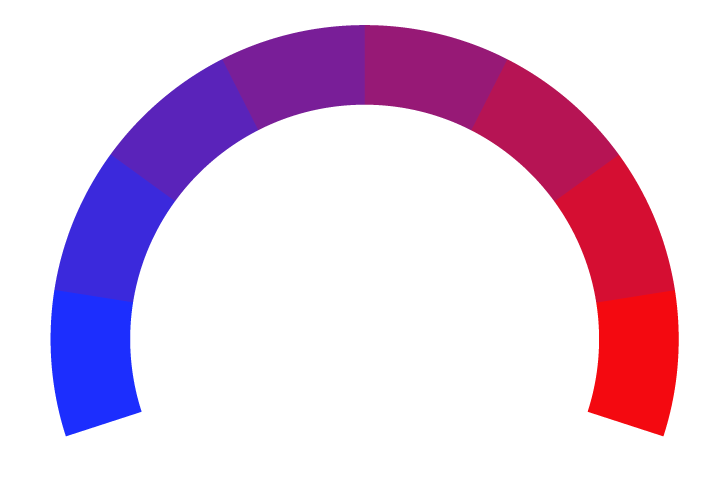 Ars Technica Article Rating
Ars Technica Article RatingSupreme Court severely limits the EPA's ability to regulate carbon emissions
- Bias Rating
- Reliability
N/AN/A
- Policy Leaning
-8% Center
- Politician Portrayal
-59% Negative
Continue For Free
Create your free account to see the in-depth bias analytics and more.
By creating an account, you agree to our Terms and Privacy Policy, and subscribe to email updates.
Bias Score Analysis
The A.I. bias rating includes policy and politician portrayal leanings based on the author’s tone found in the article using machine learning. Bias scores are on a scale of -100% to 100% with higher negative scores being more liberal and higher positive scores being more conservative, and 0% being neutral.
Sentiments
N/A
- Liberal
- Conservative
| Sentence | Sentiment | Bias |
|---|---|---|
Unlock this feature by upgrading to the Pro plan. | ||
Reliability Score Analysis
Policy Leaning Analysis
Politician Portrayal Analysis
Bias Meter
Extremely
Liberal
Very
Liberal
Moderately
Liberal
Somewhat Liberal
Center
Somewhat Conservative
Moderately
Conservative
Very
Conservative
Extremely
Conservative
-100%
Liberal
100%
Conservative

Contributing sentiments towards policy:
49% : This convoluted history ultimately resulted in West Virginia vs. EPA, which asked the courts to keep use cases that were otherwise moot to serve as a vehicle to determine whether the EPA has the power to formulate regulations that would result in changes to the generating technologies used on the power grid.43% : EPA can compel lower emissions on existing sources, not drive a shift to renewables.
41% : But in an unusual move, the US Supreme Court kept the case alive to address questions brought by a coalition of states and coal companies regarding the plan formulated by the Obama-era EPA.
39% : This will make it extremely difficult to use the Clean Air Act to compel a shift from coal to renewables, and it raises questions about whether the Clean Air Act can be used to set effective climate policy at all.
*Our bias meter rating uses data science including sentiment analysis, machine learning and our proprietary algorithm for determining biases in news articles. Bias scores are on a scale of -100% to 100% with higher negative scores being more liberal and higher positive scores being more conservative, and 0% being neutral. The rating is an independent analysis and is not affiliated nor sponsored by the news source or any other organization.






















